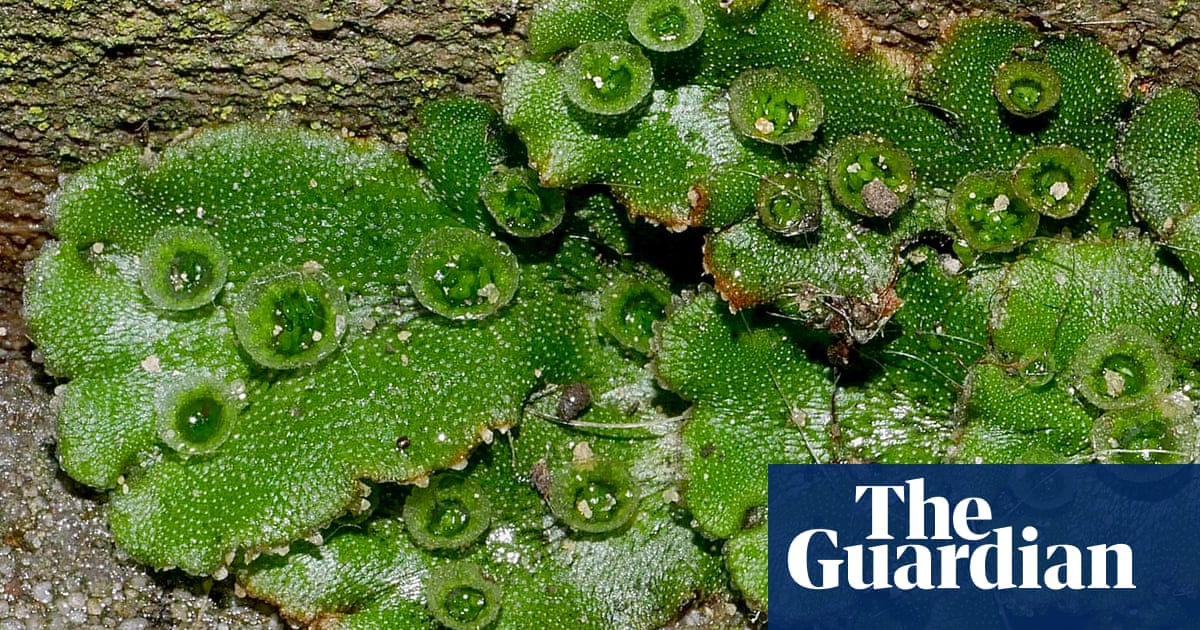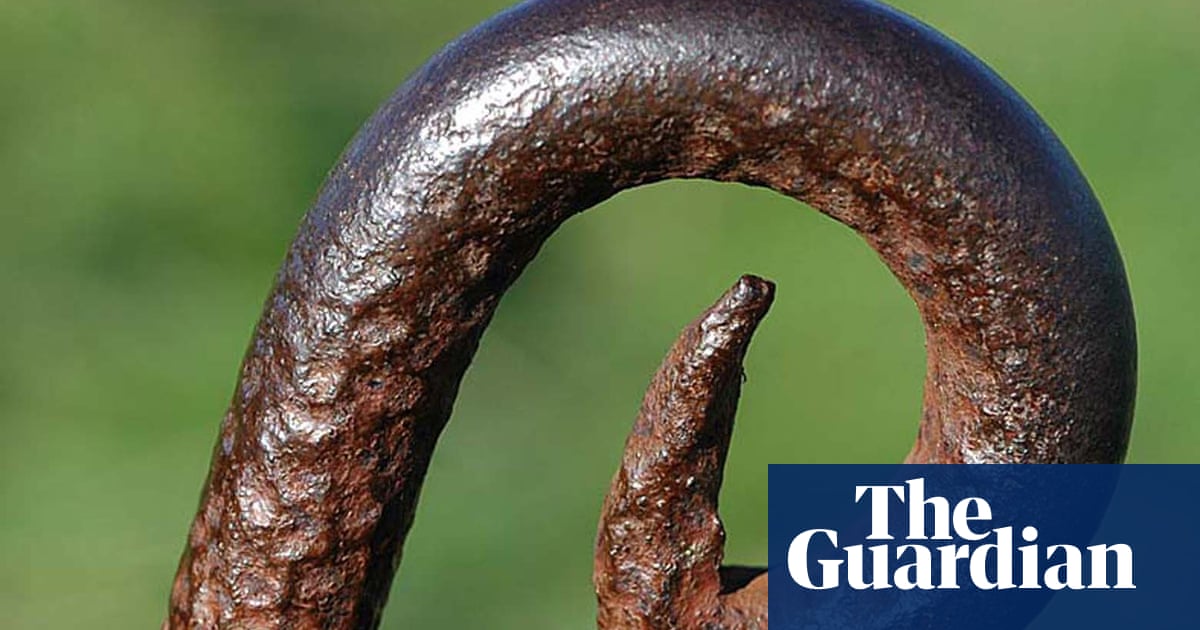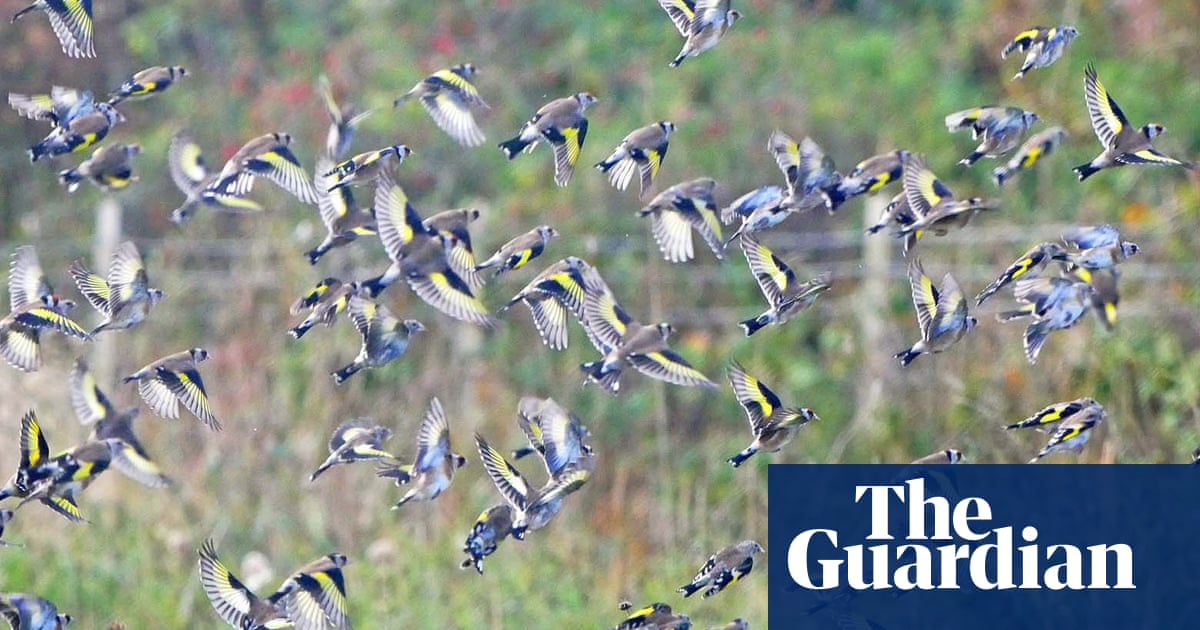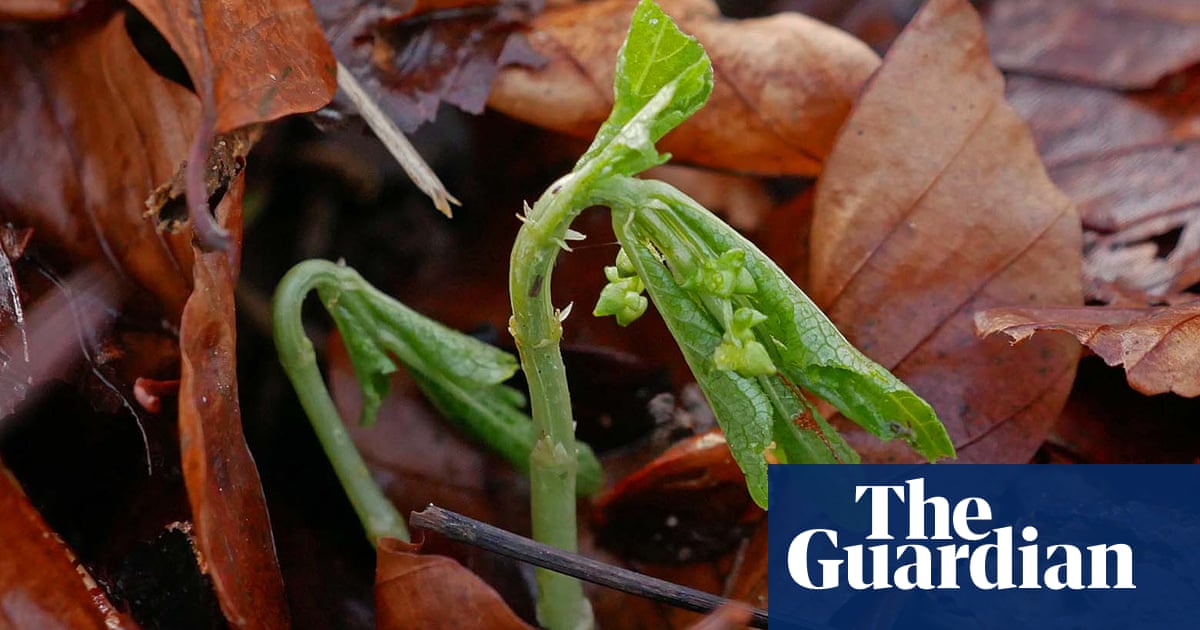
The sky darkened, heavy rain began to fall. Gutters overflowed, downspouts spluttered, drains gurgled, busy streets emptied. An umbrella provided some top-down protection from the ferocious cloudburst, but soon it was drenching us from the feet upwards, as raindrops ricocheted from the pavement. We needed to find shelter, quickly.
We took cover in the entrance to Durham’s covered market, and while we waited for the storm to pass there was time to ponder a delightful botanical accident. Water, streaming down the wall from a leaking drainpipe, had created ideal conditions for three species of fern to take root in the wet stonework: strap-shaped leaves of hart’s-tongue, dainty rows of leaflets of maidenhair spleenwort and the intricate fractal fronds of black spleenwort. They must have arrived as airborne spores, invisible to the naked eye, and germinated in moisture from the defective drainpipe. Eventually, fronds unfurled and roots penetrated limey mortar, where an accidental fern garden now flourishes on the pavement edge, as at home in this shady corner of a town centre as it might be beside a Pennine waterfall.
The rain eased. We squelched homeward, following rivulets streaming downhill between the cobbles. In crevices, and around most downspout drains, grew another rainy-day specialist: common liverwort, Marchantia polymorpha. Not much to look at, maybe, unless you have a magnifying lens handy, which reveals scores of bowl-shaped cupules, packed with minute green buds, on its emerald green, liver-shaped lobes. A direct hit on a cupule by a raindrop splashes out the buds, free to grow into independent new plants: nature’s game of tiddlywinks.
By the time we reached Prebends Bridge, the sky was clearing. The cathedral, towering above the River Wear, was drenched in sunlight. It has been a reassuring presence throughout the city’s thousand years of turbulent history, although that’s a mere blink of an eye in the timescale of the ancestry of the plant life under our feet: liverworts and ferns, tenacious survivors of four cataclysmic mass extinction events, have a 400m-year pedigree. Their ubiquitous spores and relatively simple requirements – just water, shade and a rocky crevice – have served them well; so much so that leaky downpipes and the masonry of Durham on a rainy afternoon suit them fine.












